Text

Wheat Field with Poppies and Lark, Vincent van Gogh, 1887
307 notes
·
View notes
Text
5 Techniques to Help You Write Your Novel

Every writing project is unique, and the methods that help you draft one novel may not work for another. If you’re getting started on a brand new project this Camp, NaNo Guest Vee James has some suggestions for different techniques to help you explore your story.
It took a few NaNos before I realized I was developing different techniques each time I sat down to the challenge. I think we all do this naturally, but it helps to step back and observe the process. If you’re strictly a pantster, you’ve been working on the story ideas in your head. If you’re a planner, you’ve set to paper the story concepts, characters, and an outline of what you are about to produce on paper. Some people take a hybrid approach to NaNo. Granted, the basics remain the same: butt in chair, accomplish the hourly/daily goal, and allow yourself to tell your story.
I discovered that each unique novel presented particular challenges, and I had to adapt my style and writing techniques in order to explore the story and keep the production happening. Some of these came from writing instructors and wonderful podcasters. Some came from “how to write” seminars and workshops. Others grew out of a feverish search for “more words.”
Here are five techniques I’ve found that helped me advance writing projects:
Keep reading
253 notes
·
View notes
Text
The Unfunny Person’s Guide to Writing Humor

Every year, we’re lucky to have great sponsors for our nonprofit events. First Draft Pro, a 2022 NaNoWriMo sponsor, is a collaborative writing app built for story-nerds. Today, they’ve partnered with novelist and screenwriter Sam Beckbessinger to share some tips on writing humor. Don’t forget to check out the offer to NaNoWriMo writers to try out First Draft Pro for free this month!
Here’s the problem: you love a joke. You’re perfectly able to get into a good banter with your buddies. You’re hilarious in a DnD game. You’re the comedian of your group chats. But put you in front of a blank page and suddenly you’re about as funny as a statistics textbook*. Your manuscripts are full of notes like << INSERT JOKE HERE??? >>. You wouldn’t actually want to sit next to any of your characters at a dinner party.
* There is a marginal likelihood that a funny statistics textbook exists somewhere, but it would be a real outlier.
Well, I have good news for you! Writing humor is a skill that can be learned like any other.
Keep reading
485 notes
·
View notes
Text
Getting Published: 5 Tips To Get Your NaNoWriMo Draft Published!

Every year, we’re lucky to have great sponsors for our nonprofit events. Inkitt, a 2022 NaNoWriMo sponsor, is a reader-powered publisher. Today, they’re here to share some tips on how to turn your NaNoWriMo draft into a published story. Don’t forget to check out Inkitt’s offer to NaNoWriMo writers to enter their fiction writing contest this month!
1. Proofread Your Work!
This one might be obvious but we really can’t emphasize it enough. A few typos won’t derail your career, but any more may make it hard for readers to follow and engage with your novel and could put off a potential publisher. Luckily, there are so many great spelling and grammar checkers out there, like Grammarly or Wordtune.
Keep reading
151 notes
·
View notes
Photo

Vincent van Gogh
Two Women Crossing the Fields
July 1890, Auvers-sur-Oise
Oil on paper on canvas, 30 x 60 cm
MacNay Art Museum, San Antonio
152 notes
·
View notes
Photo

Vincent van Gogh, Trees and Undergrowth (1887)
2 notes
·
View notes
Photo
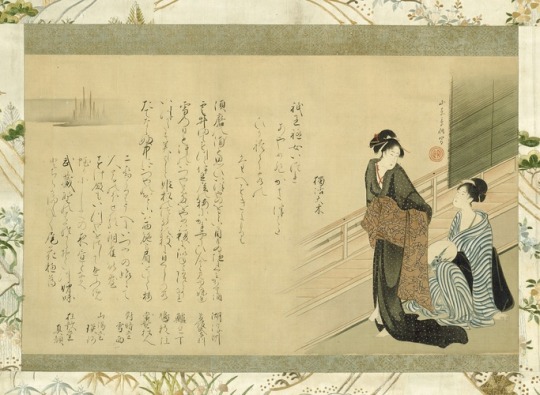
Two Beauties on a Veranda, Kitao Masanobu, 1785, Art Institute of Chicago: Asian Art
Samuel M. Nickerson Endowment
Size: 37.2 x 61.5 cm (14 5/8 x 24 ¼ in.); overall with mount and knobs: 141.1 x 84.8 cm (55 9/19 x 33 3/8 in.)
Medium: Hanging scroll; ink and colors on silk
https://www.artic.edu/artworks/14027/
21 notes
·
View notes
Photo
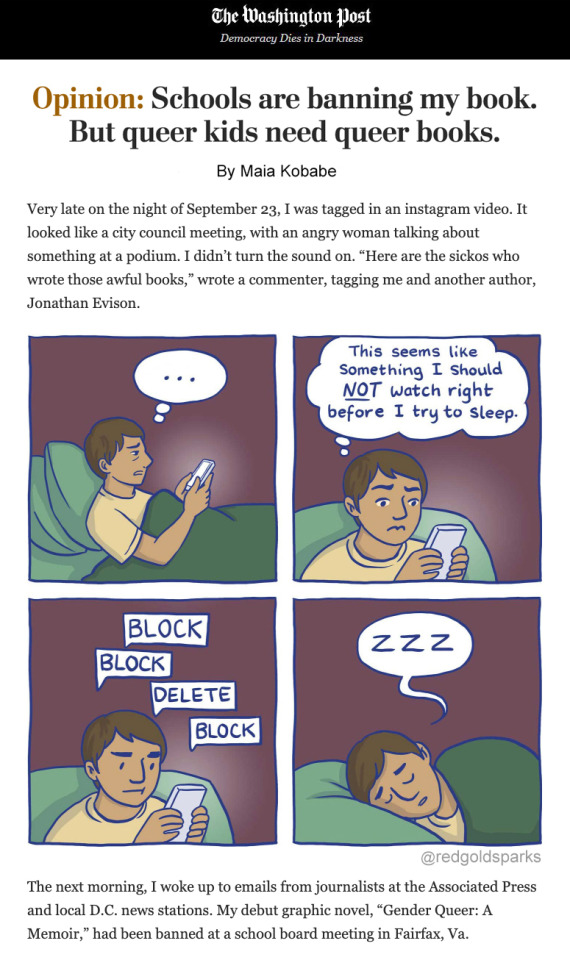
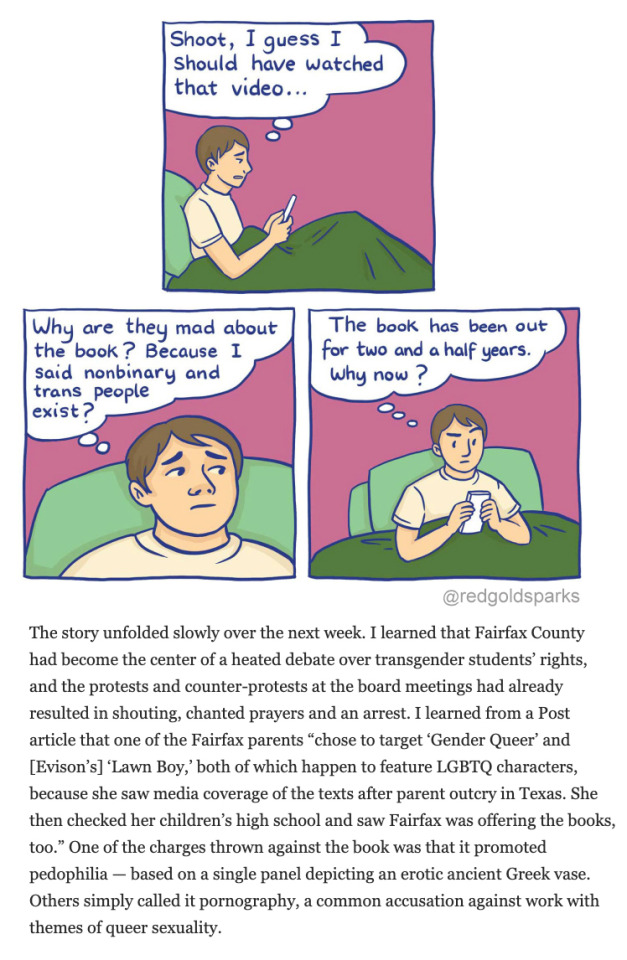


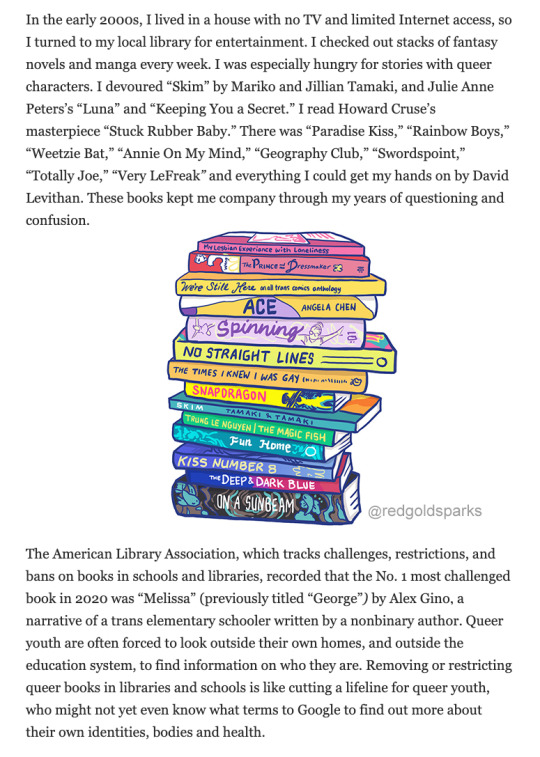
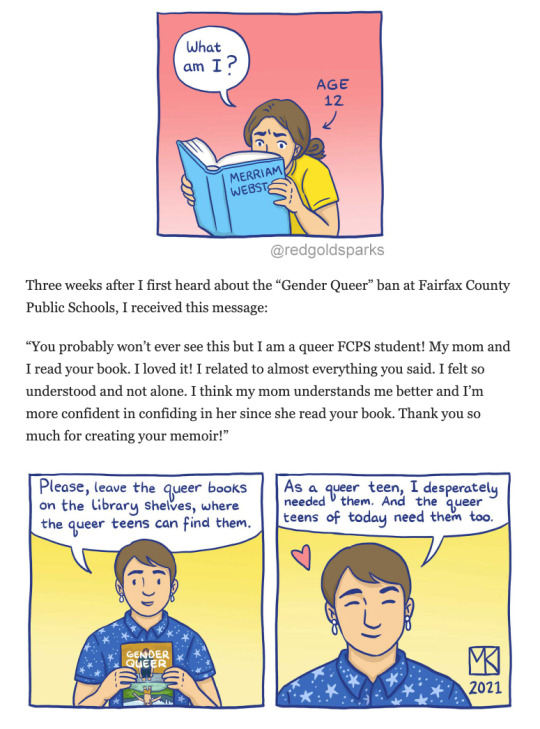
Schools Are Banning My Book. But Queer Teens Need Queer Stories, by Maia Kobabe. Washington Post, October 29, 2021. Maia Kobabe discusses this column in more detail on James Hohmann’s podcast, “Please, Go On.” Listen now.
instagram / patreon / portfolio / etsy / my book / redbubble
Full text and image descriptions under the cut.
Keep reading
19K notes
·
View notes
Text
Words to describe facial expressions
Absent: preoccupied
Agonized: as if in pain or tormented
Alluring: attractive, in the sense of arousing desire
Appealing: attractive, in the sense of encouraging goodwill and/or interest
Beatific: blissful
Black: angry or sad, or hostile
Bleak: hopeless
Blinking: surprise, or lack of concern
Blithe: carefree, lighthearted, or heedlessly indifferent
Brooding: anxious and gloomy
Bug eyed: frightened or surprised
Chagrined: humiliated or disappointed
Cheeky: cocky, insolent
Cheerless: sad
Choleric: hot-tempered, irate
Darkly: with depressed or malevolent feelings
Deadpan: expressionless, to conceal emotion or heighten humor
Despondent: depressed or discouraged
Doleful: sad or afflicted
Dour: stern or obstinate
Dreamy: distracted by daydreaming or fantasizing
Ecstatic: delighted or entranced
Faint: cowardly, weak, or barely perceptible
Fixed: concentrated or immobile
Gazing: staring intently
Glancing: staring briefly as if curious but evasive
Glazed: expressionless due to fatigue or confusion
Grim: fatalistic or pessimistic
Grave: serious, expressing emotion due to loss or sadness
Haunted: frightened, worried, or guilty
Hopeless: depressed by a lack of encouragement or optimism
Hostile: aggressively angry, intimidating, or resistant
Hunted: tense as if worried about pursuit
Jeering: insulting or mocking
Languid: lazy or weak
Leering: sexually suggestive
Mild: easygoing
Mischievous: annoyingly or maliciously playful
Pained: affected with discomfort or pain
Peering: with curiosity or suspicion
Peeved: annoyed
Pleading: seeking apology or assistance
Quizzical: questioning or confused
Radiant: bright, happy
Sanguine: bloodthirsty, confident
Sardonic: mocking
Sour: unpleasant
Sullen: resentful
Vacant: blank or stupid looking
Wan: pale, sickly
Wary: cautious or cunning
Wide eyed: frightened or surprised
Withering: devastating
Wrathful: indignant or vengeful
Wry: twisted or crooked to express cleverness or a dark or ironic feeling
104K notes
·
View notes
Photo

Happy belated birthday, Vincent! I know I’m a day late, but I still want to wish a wonderful birthday to my artistic soul mate. https://www.instagram.com/p/CNGgg8eJPvr/?igshid=10c27bz348eis
24 notes
·
View notes
Photo
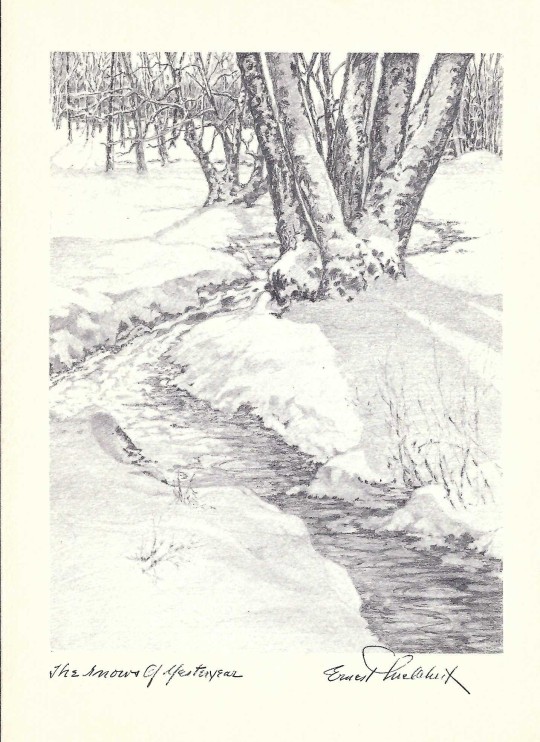
“The Snows of Yesteryear” an etching by Ernest Melchert (1890-1972)
4 notes
·
View notes
Photo
Marianne Hitschmann Steinberger
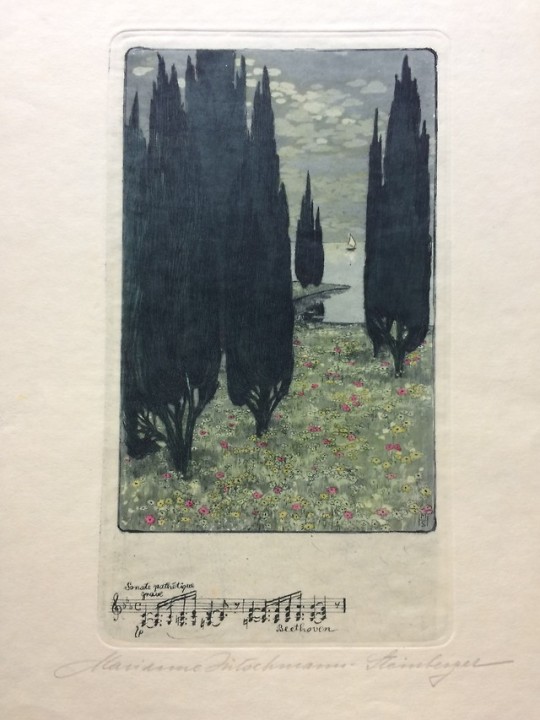
Unknown. I cannot decipher the signature.
4 notes
·
View notes
Quote
You know how things were planned and discussed, argued and considered, talked over with wisdom, and yet how miserable the result was.
Vincent van Gogh in a letter to his brother Theo (1879)
I am reposting this, because I want to provide some important background. Vincent was lamenting that his parents always made decisions for him without consulting him or considering his perspective. Dorus and Anna were both very controlling parents, and not just with Vincent, but with all of their children. Of course, history has taught us that this parenting style didn’t work for Vincent (and some of his other siblings). Actually, this parenting style is ineffective in general. This is precisely why parents should not be controlling and must consider the needs and perspectives of their children over their own desires. Let children develop and mature as nature intended, and they will end up being who they are meant to be. They will also be much happier and well adjusted.
7 notes
·
View notes
Text
I had totally forgotten that I had posted this back in July, until I saw this again on a friend’s page, but it is absolutely worth reposting. I think much of this is common sense and obvious, but maybe for new writers (or stubborn experienced writers), not so much.
Tips on Writing LGBT Characters
As LGBT+ rights continue to make great strides in becoming normalized and accepted by widespread culture, LGBT people have started to pop up far more often in different forms of media. However, because LGBT people can vary wildly in experiences, locations, and beliefs, it can be tricky for someone to really have a good idea of what makes for good representation. Some would argue that it simply being acknowledged is enough, while others would argue that it needs to be a present part of the character, while others argue that it shouldn’t be the focus of the character and that their other traits should be emphasized on more. So, where should one start? Here are a few tips to lead the way.
If You Are Not LGBT, Do Not Make Your Story About Being LGBT - I’m not saying you can’t write an LGBT character if you yourself are not LGBT. A white person can’t really write a story about what it means to be black because it is an experience of life they have never experienced for themselves. If you want to write a story with an LGBT character, or better yet, a protagonist, that’s wonderful. But their sexuality, sex, or gender should not be a focal point of the narrative unless you know the experience first hand.
Not All People Use the Same Labels - Although the term queer is being reclaimed by some people in the LGBT community, there are those who still do not like the use of the word, and the same goes for other slurs. Like with the ‘n’ word for black people, some LGBT people feel fine using terms such as queer and fag when referring to themselves or friends who they know it doesn’t bother, but most LGBT people are mindful to remember that not everyone feels the same way about these harmful words.
Don’t Bury Your Gays - In the cinema that emerged from Hollywood following the censorship laws of the Hays Code in 1930, characters that were coded as homosexuals or otherwise ‘deviants’ from the social norm were punished, often with death. Themes of self-loathing were common, and it became extremely common for one or both members of a suspected homosexual couple in a movie to be killed by the end of the story, if not be portrayed as a sick monster or villain by the end. If they weren’t gunned down, their self-loathing boiled over and they took their own lives. So, if the only LGBT character in your story dies, consider killing off a different character, due to the particularly dark and troubled history of this trope. On a related note, if you’ve written a villain to be campy and effeminate in order to make them funny or look silly, you are once again playing into harmful stereotypes due to the frequency with which stereotypical homosexual behavior is used to code villains in order to make these behaviors look wrong and villainous.
Understand the Difference Between Stereotypical and Nuanced - In the public eye, the stereotype of the gay male is that he is campy and effeminate with a lack of interest in traditional masculinity, and that the lesbian female skins wild animals and fixes broken appliances with the same vigor she plays softball and chugs beer. However, it is fair to point out that some of this is truth in television, and there are people in the world who are just as stereotypical if not more-so than these depictions. So, where is the line between stereotypes and realistic characters? The difference comes in how it is intended. If the audience or reader is meant to laugh at the character because oh ha a man shouldn’t act like that, then the portrayal is harmful and stereotypical. If the only defining characteristic of the character is that they are LGBT, then that is not a well-written character. Being LGBT does not dictate one’s interests or hobbies. But don’t feel compelled to write the exact opposite of the stereotype either. Effeminate gay men are people too, and although they flood the media perception excessively, there’s still a difference to be found between a character written to be gay, and a character who just happens to be gay.
A Character’s Surroundings Will Impact Who They Are - Two gay men could be completely identical in every single way but end up extremely different due to a simple change in hometown. Aside from universal experiences such as coming to terms with one’s sexuality or the coming out process, not all LGBT people are going to be met with the same challenges or the same opportunities. Take for example a gay boy in high school. Imagine him going to a public school in New York City or Los Angeles where the mindset tends to be more liberal and the population size is far larger. In a school with a student body of 300,000 students, he’s far more likely to go to school with other LGBT people based simply on population density and statistics. He’s far more likely to get a boyfriend from his own school, be part of an at least decently sized Gay Straight Alliance, and can probably come out with less fear of rejection on the whole. Now compare and contrast to someone living in a small town in Wyoming. On the whole, Wyoming is one of the least populated states in America. That exact same gay boy may now find himself one of only maybe a small handful of LGBT people. If there’s only one other guy in his school or even worse, his town who also likes boys, the two may very well almost force themselves into a relationship in order to satisfy a need for physical or emotional intimacy. By the time they go away to college, they may have already clung to each other so much that it’s easier just to keep the relationship going than to try to find somebody new. Skip ahead a few more years, and they may have a very rocky marriage held together on the sole grounds that at one point in their lives, they were each other’s only options for romance, and that them both being LGBT was not enough to hold a relationship together. Taking these kinds of elements into consideration when constructing a narrative with an LGBT character can yield compelling stories if examined under the right circumstances.
The Pitfalls of Dating - As if backlash from society, faith, and media portrayal aren’t bad enough, one of the most annoying parts of being gay can be finding a partner. Continuing with the school example from before, imagine that in a class of 180 that 13 students are LGBT, of those, 6 are males, your gay male character and his only five options for a potential boyfriend. Factor in the possibilities of incompatible interests, physical attraction, and even popularity, and of those five options, he may only have eyes for one guy in the entire school. Then, what can he do when he finds out the only guy he’s interested in is already with someone else? Well he’s left with three options: try a different school, hope someone comes out of the closet, or get comfortable with being alone. This can also put a lot more pressure on the anxiety of asking someone out. If a straight guy asks a girl out, even if she rejects him, he’s got another 60 girls he could pursuit. When there’s only 5 guys available, and there’s a realistic chance that the ones he finds attractive won’t be interested in him, there’s a lot more lost if he dares ask his crush out and gets rejected. There’s also the fact that especially straight men may get angry and possibly even hostile should a gay guy express romantic interest in them, to the point where some gay men may feel afraid to ask a guy out unless they can either get a good feel for whether he’s likely to respond that way, or a clear sign that the man is a homosexual.
Coming Out Is A Deeply Personal Decision - A sort of unspoken cardinal rule among LGBT people is essentially, “Thou Shalt Not Out Thy Community”. Outing someone else is a taboo within LGBT culture, due to the sensitive nature of the topic, and because some may be at risk of their home lives or work lives being compromised by this information getting out, and others just don’t feel like sharing this aspect of their lives with others. Thus outing someone else, especially intentionally, is considered to be a very egregious offense.
Transgender and Drag are not the Same Thing - A transwoman is a woman who was Assigned Male At Birth and a transman is likewise a man who was Assigned Female At Birth. A Drag Queen is a man who dresses in women’s clothing as a form of entertainment. A Transwoman is a woman. A drag queen may use female pronouns on the stage, but when the dress comes off, the man underneath is still a man and still identifies as man. A Transwoman is a woman no matter what kind of clothes she’s wearing or what she looks like.
1K notes
·
View notes
Text
Opposition Research: Where to Get the Best Info for Your Novel

Now that you’ve written the first draft of your novel, you may find that you need to do some extra research to fill in those plot holes and polish up your story. Today, author Jodi Compton is here to shine some light on researching elements of your story between drafts:
I’m a crime and mystery novelist. It’s a genre which requires a good deal of research—a daunting task many Wrimos will be tackling for the first time in December and beyond. Many of us research between drafts, writing the first version straight through as a ‘proof of concept’ rough draft. Writing “[research tk]” at strategic points in a first draft can be an essential part of getting to 50K.
For that reason, I want to share a secret I’ve learned about good research. At first, I’ll be using crime fiction as my example, but the lesson is applicable to all genres, which I’ll address. (Hang tight, you hordes of fantasy writers!)
Keep reading
3K notes
·
View notes
Photo
A helpful reminder for NaNoWriMo!
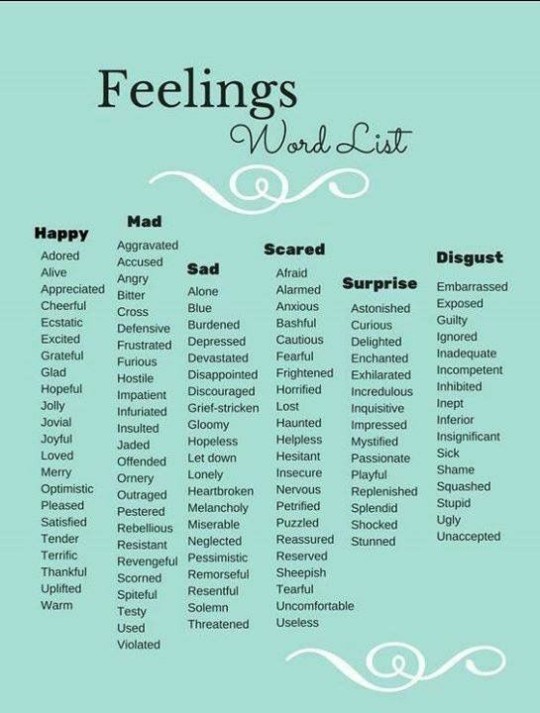
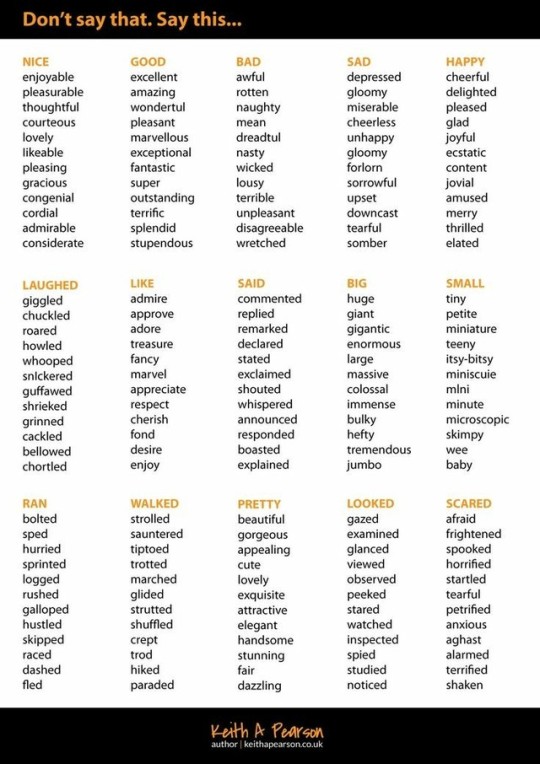

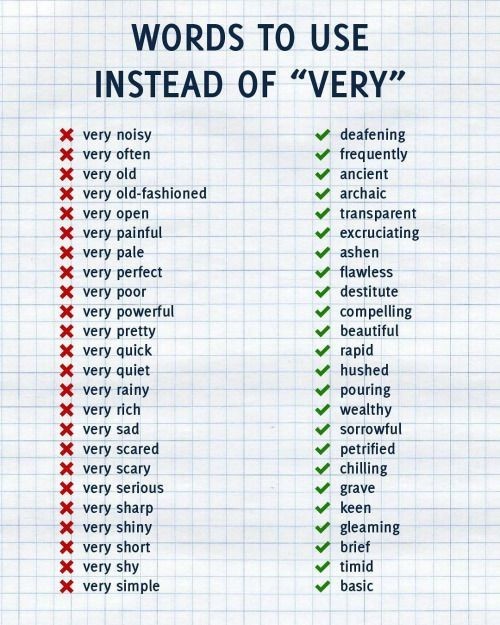
Alternative words
Source: pinterest
10K notes
·
View notes
Photo
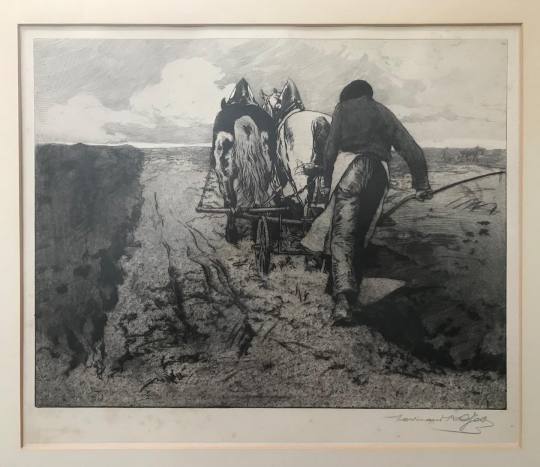
A print from artist Ernest A. Melchert’s personal collection. It was etched by Ferdinand Kozow. Does anyone have biographical information about Kozow?
0 notes